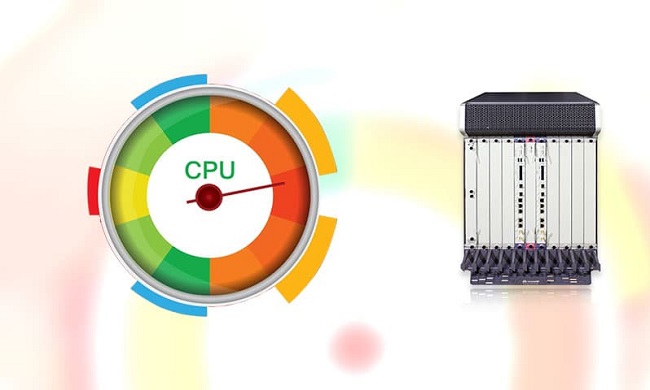The Windows Modules Installer Worker scans your system for updates and then instals them. In other words, the Windows Modules Installer Worker process will be operating in the background while your system is checking for updates or installing updates.
Also, when seeking for updates, this tool gets unresponsive, and your system becomes slow as this operation consumes a huge portion of your CPU.

How To Fix High CPU Usage In Windows Modules Installer Worker
The Windows Modules Installer Worker High CPU issue has been reported by a large number of Windows users. You’ll learn how to resolve the problem and keep your system running smoothly in the sections below.
Read Also:
1. Disabling the Windows Update Service
When only the Windows Update Service is active, Windows can check for and install updates. If the Windows Update Service is disabled, Windows will be unable to check for and install updates.
As a result, Windows Modules Installer Worker would not consume a significant amount of CPU. To disable the Windows Update Service, follow the steps below:
Step 1: To begin, hit the Windows and R keys together to open the Run box.
Step 2: A box titled “Run” will appear. Services of this nature are now available. Click the Ok button after typing msc in the box.
Step 3: A window for services will appear. Now locate and double-click the Windows Update service.
Step 4: The Windows Update Properties dialogue box will open. Now click the Stop button and change the Startup type to Disabled. After that, click the Apply and OK buttons.
Step 5: Check the CPU use; it should now be normal.
Solution 2: Make Changes To Your Internet Settings
We can disable Windows Automatic Update by altering the Internet settings. If you’re utilising a WiFi network, use these steps to adjust your internet settings:
Step 1: To begin, hit the Windows and X keys simultaneously. A list of alternatives will emerge, from which you should select Settings.
Step 2: A window with settings will appear. Now select Network and Internet, followed by Wi-Fi.
Step 3: Select Advanced Options from the drop-down menu.
Step 4: Finally, check the box next to Set as a Metered Connection.
Follow the procedures below if you’re utilising an Ethernet connection:
Step 1: To begin, press the Windows and R keys together to bring up the Run box.
Step 2: In the box, type regedit and hit Enter.
Step 3: Click the Ok button on the User Account Control (UAC) pop-up.
Step 4: The Registry Editor will open. After that, go to HKEY LOCAL MACHINE and then Software. Expand Microsoft, followed by WindowsNT. Select CurrentVersion and then NetworkList from the drop-down menu. Select Permissions from the context menu when you right-click the option DefaultMediaCost.
Step 5: Select the Add button to open a new window. Under the box “Username,” you must now enter your username. Enter the names of the objects you want to choose and then click the Check Names button. To continue, press the Ok button.
Step 6: Select the user you just added, check the box for Full Control, and then click the OK button.
Step 7: Double-click the Ethernet option and change the data value to “2.” Select the OK button.
Step 8: Now it’s time to reboot your computer.
Solution 3: Clean Booting The System
If none of the other options work, the only option left is to clean boot your machine. Microsoft Configuration Tool was used for this. This programme aids in the discovery of undesirable files on the computer.
You can also delete these files if you want to update or improve the performance of your system. It also cuts down on CPU use.
Step 1: To begin, hit the Windows and R keys together to bring up the Run box.
Step 2: In the Run box, type msconfig.exe and press the Ok button.
Step 3: Select the Normal option Startup from the System Configuration box. Then press the OK button.
Restart your computer now. As a result, your CPU utilisation will drop. Finally, you can utilise programmes without having to worry about your system slowing down.
Read Also:
- Windows Modules Installer Worker
- Reboot And Select Proper Boot Device
- Windows Cannot Be Installed To This Disk
Conclusion
To summarise, if CPU utilisation is high and system performance is low, use the techniques listed above. The Windows Modules Installer Worker High CPU issue can be resolved quickly by disabling the Windows Update service.

